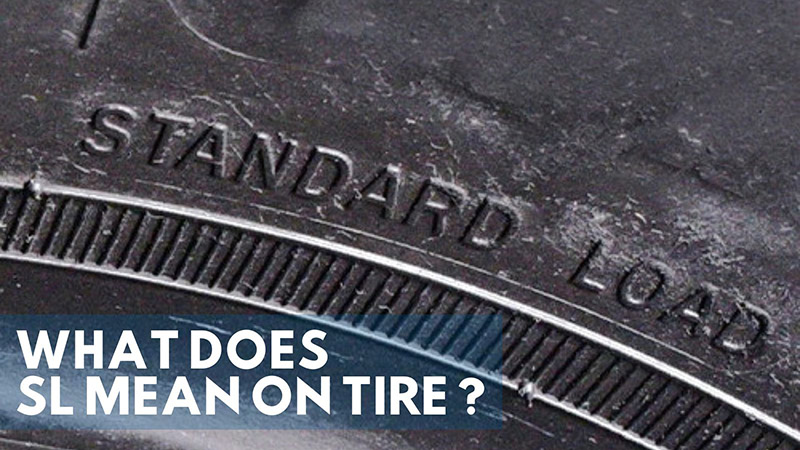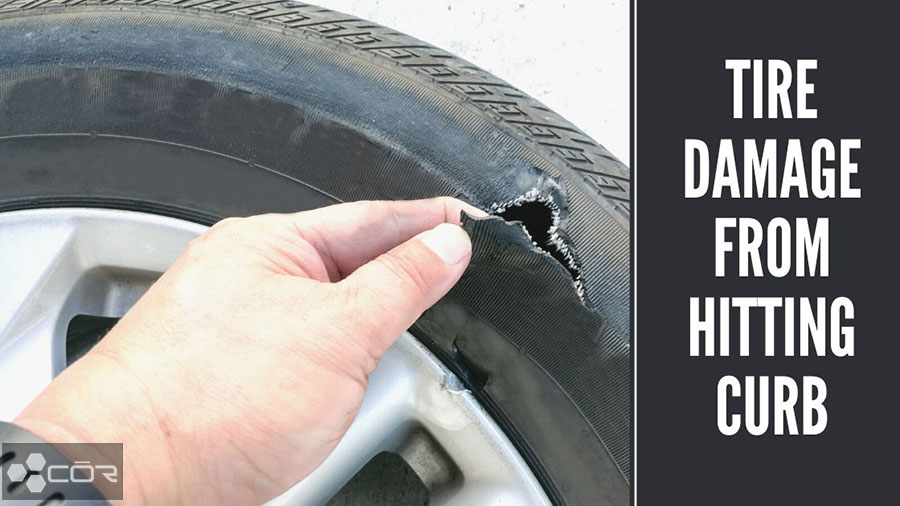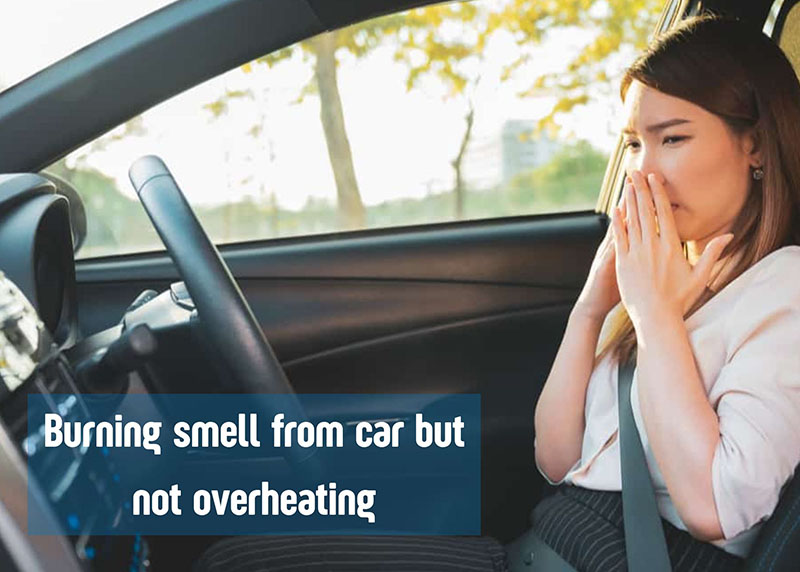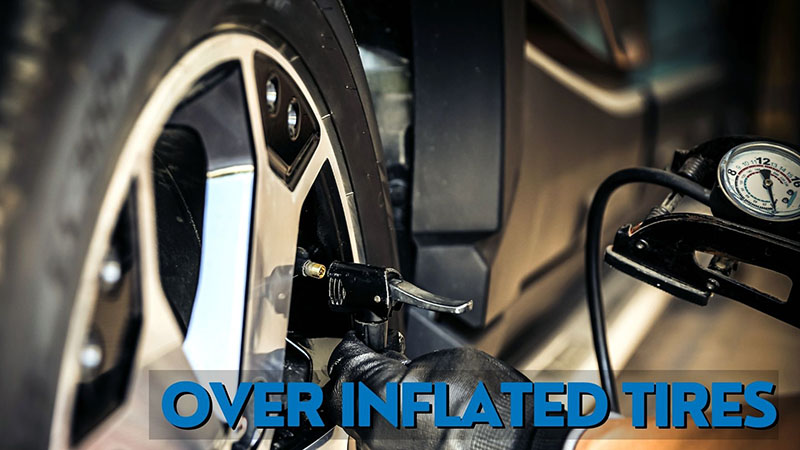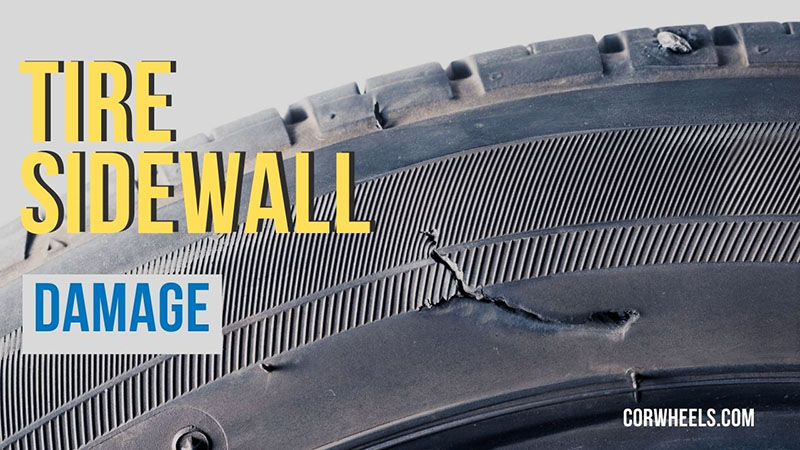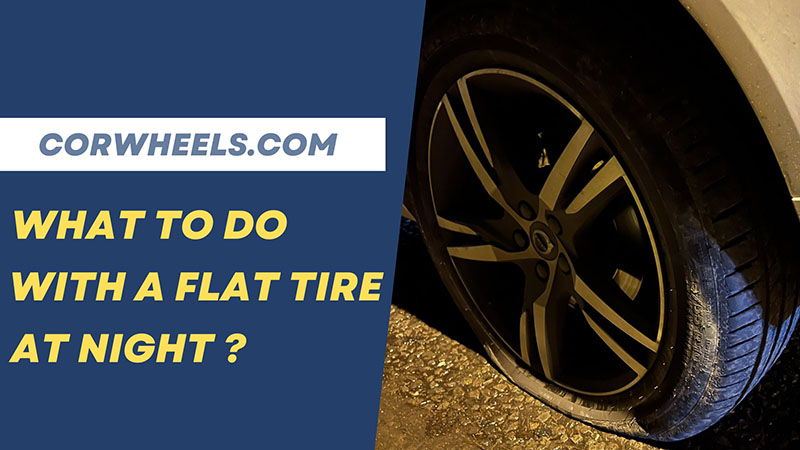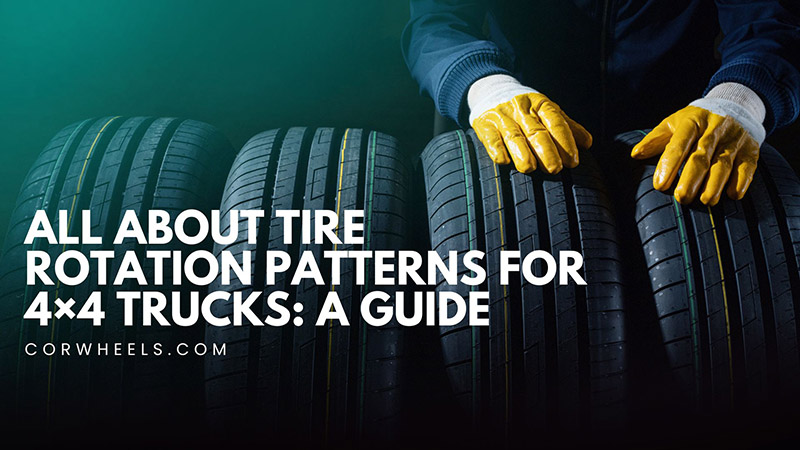If you’re in the market for new tires, you may have noticed the letters SL listed on the tire sidewall. But what does SL load range mean? The answer lies in the load range ratings and capabilities.
Understanding the different tire load ratings and capacities is important for choosing the right tires for your vehicle. Learn more about this matter with our article!
In this article:
What Does SL Mean On A Car?
The load range letters SL on a tire stand for Standard Load. This means that the tire is able to carry a specific amount of weight based on industry standards.
Standard Load tires are the most common type of tire found on passenger vehicles and are designed to handle the vehicle’s and its passengers’ weight. They are not recommended for vehicles that carry heavy loads, such as trucks or trailers.
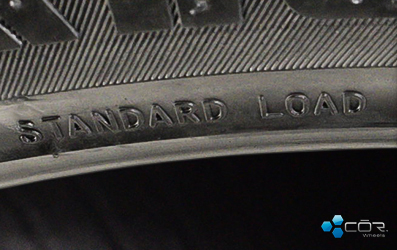
Note that the load-carrying capacity of a tire can vary depending on its size and other factors. You can find the maximum load rating of a tire by looking at the tire’s load index rating, which is also printed on the sidewall.
The load index is a numerical code corresponding to the maximum weight the tire can carry when inflated to its recommended air pressure.
SL Tires Pros And Cons
Here are the good and bad that these tires have to offer.
Pros
- Comfortable ride: SL tires provide a comfortable ride, which makes them a popular choice for passenger cars and light trucks.
- Good handling: They have a smaller contact patch with the ground than XL (Extra Load) tires, which can improve handling and maneuverability in normal driving conditions.
- Lower cost: Range SL tires are typically less expensive than XL ones, which can make them a more affordable option for budget-conscious consumers.
Cons
- Lower load capacity: They have a lower tire load capacity than XL ones, which may not be suitable for heavy-duty vehicles or larger vehicles that frequently carry heavy loads.
- Reduced durability: SL tires may not be as durable as XL-rated tires and may be more susceptible to punctures and external damage from rough road conditions.
- Limited off-road performance: SL tires are not recommended for off-road driving, as they do not have the strength and durability to handle rough terrain.
What Car Use SL Tires? What Are Their Uses?
SL tires are a common choice for a range of vehicles, including passenger cars, light trucks, and SUVs.
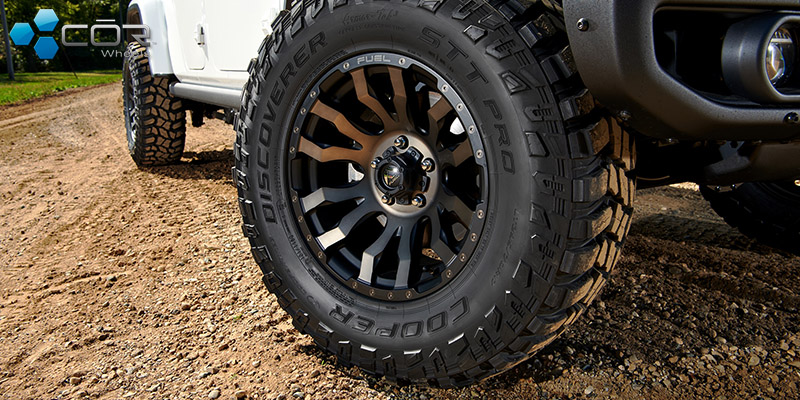
Passenger cars are designed for everyday use, such as commuting and running errands, and are typically fitted with SL tires. They promise a comfortable ride and good handling in normal driving conditions, making them ideal for city and suburban driving.
Light trucks are also commonly fitted with SL tires, as they are designed for similar purposes as passenger cars. These vehicles are often used for light-duty tasks, such as transporting small loads, towing lightweight trailers, or driving on smooth roads.
SUVs (Sport Utility Vehicles) are another type of vehicles that may use SL tires. These automobiles are designed for various purposes, including off-road driving and towing or transporting medium loads.
SL Vs. XL Tires: What Are The Differences?
Load Capacity
According to industry standards, SL tire models can carry a specific amount of vehicle weight, while XL ones carry heavier weight than standard load tires.
The load capacity is determined by its load index, as mentioned.
XL tires typically have a higher load index tire than SL, allowing them to carry more additional weight rating. This makes XL tires a good choice for vehicles that carry heavy loads, such as trucks or commercial vehicles.
Lifespan
Generally, XL tires have a longer lifespan than regular tires due to their reinforced construction and ability to handle heavier loads. SL tires are meant to carry a specific amount of weight. While they are suitable for most passenger vehicles, they may wear out faster when subjected to heavy loads or rough terrain.
On the other hand, XL larger tires are geared towards heavier cargo and are constructed with thicker and stronger materials to withstand the added weight and stress. This means they may last longer than commercial tires, especially for vehicles that frequently carry heavy loads.
Damage Resistant Ability
XL tires are generally more damage-resistant than SL tires due to their tougher construction. They are born to handle the added weight and stress of heavier loads, as well as the harsh conditions of rough terrain.
These heavy-duty tires typically have a thicker and stronger sidewall, which can protect the tire from punctures and internal damage from curbs or other obstacles on the road. This makes them a good choice for vehicles that frequently travel on rough roads or encounter debris.
Fuel Efficiency
Generally, SL tires have better fuel efficiency than XL high-performance tires. This is because XL factory tires have a larger contact patch with the road due to their heavier duty construction, which can increase rolling resistance and lead to decreased fuel efficiency.
SL tires, however, have a smaller contact patch, thereby reducing rolling resistance and improving fuel efficiency. I found the difference in fuel consumption between SL and XL road tires may be minimal and not noticeable for most drivers, though.
Frequently Asked Questions
Are SL Tires 10-Ply? How Many Ply Are They?
SL does not refer to the ply rating or number of plies in the tire. Some are 10-ply tires, while others may have a different ply tire rating. The number of plies in a tire can vary depending on the tire’s size, maximum load capacity, and intended use. The most common SL ply rating tire is 4 or 6.
Are SL Tires Good For Off-Road?
No. They are generally not recommended for off-road use, especially in rough or challenging terrain. This is because they are manufactured to meet industry standards for passenger cars and light trucks, and they may not have the strength or durability needed to handle the added stress and wear of off-road driving.
What Is Speed Rating S On A Tire?
The S speed rating on a tire shows that the tire can operate at maximum speeds up to 112 miles per hour (180 kilometers per hour) under normal driving conditions.
The Bottom Line
SL rated tire sets are a popular choice for passenger cars and light trucks because they offer a comfortable ride and good handling in normal driving conditions. If you have any doubts about which types of tires are best for your vehicle, consult a qualified tire professional for guidance and advice.

